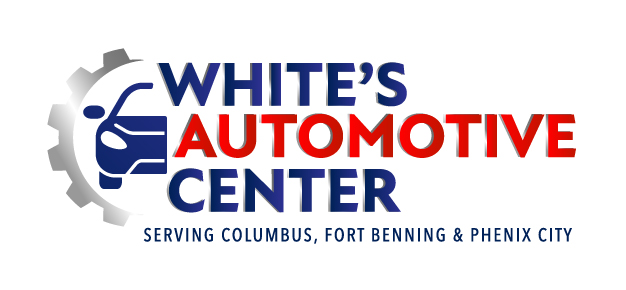The COVID-19 pandemic has compelled financially-pressed car owners to hang onto their vehicles for an average of 11.9 years, longer than ever before. Even before the pandemic, however, American drivers took advantage of advances in vehicle quality and technology to keep their cars on the road for over a decade.
Whatever reason you might have for keeping your current car instead of trading it in for a new model, you’ll need to give that vintage vehicle some extra care and attention if you want it to enjoy its maximum possible lifespan. Start by following these four useful tips.
1. Follow a Recommended Maintenance Schedule
Every car comes with an owner’s manual that provides recommendations for performing various kinds of vehicle maintenance at specific intervals, including major servicing at 30,000, 60,000, and 90,000 miles. However, you could easily surpass that mileage if you drive your car regularly for over a decade.
Fortunately, many of the major components that eventually call for replacement, such as the timing belt, usually receive that service before the car has 100,000 miles on it. Beyond that mark, follow your auto shop’s suggestions for periodic courtesy checks and other maintenance as needed.
2. Use High-Mileage Motor Oil
As car engines age, their seals, gaskets, and other components naturally tend to wear out. Years of friction can also affect engine tolerances, reducing efficiency. While normal motor oil does an admirable job of minimizing everyday thermal and friction stress, it can’t necessarily cope with these additional, age-related changes.
Many mechanics recommend that owners of cars with more than 75,000 miles on the odometer switch from ordinary motor oil to high-mileage motor oil. The viscosity modifiers in this kind of oil offer extra protection against friction and heat. High-mileage oil can also help to minimize oil leakage through older seals and gaskets.
3. Sharpen Your Trouble Detection Senses
Older cars can develop unpredictable failures at unpredictable times. If you drive an old vehicle, you can’t necessarily afford yourself the luxury of assuming that everything will operate normally, as you might when driving a healthy young car. Keen use of your senses will help you detect any problems as early as possible.
Always pay attention to odd smells emanating from your car. You might have a carbon monoxide leak that could pose a serious danger to cabin occupants. A burnt smell may indicate belt damage or overheating in a rubber component. Watch your exhaust for white smoke (a possible coolant issue) or blue smoke (possible oil leakage).
In addition to your nose and eyes, your ears can alert you to signs that your old car has developed a serious problem. Older suspensions can make rattling or clunking noises as their components loosen and wear out. Popping or tapping noises could indicate a fuel ignition problem that might damage the engine’s pistons.
4. Invest in Roadside Assistance
Even if you treat your older car with kid gloves and do everything in your power to keep it running well, that older vehicle may break down at some point. In fact, cars that have passed their tenth birthday break down twice as frequently as younger cars, with four times the likelihood that they will need a tow to an auto shop.
For this reason, it makes good sense for drivers of older vehicles to invest in a good roadside assistance program that includes a generous towing allowance. You can purchase this form of emergency care as part of your auto insurance coverage, through an auto club, or even from a credit card or cellular phone provider.
White’s Automotive Center can help you keep your old friend on the road for however many years you choose to stick with it. Contact us today to learn more about what we can do for your vehicle or to schedule necessary maintenance.

